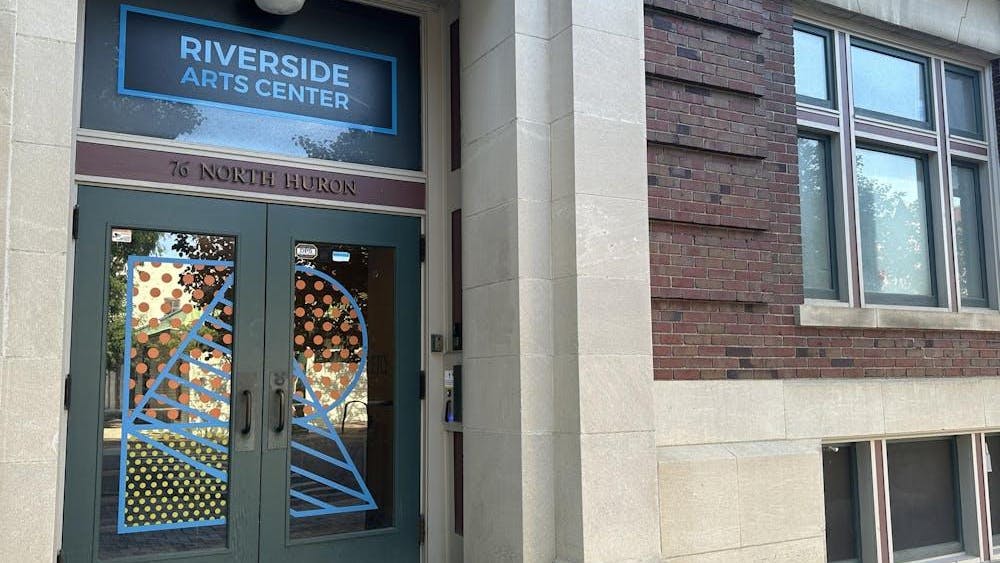With the breezes starting to blow a little warmer, heavy sweaters and foot-encasing boots are starting to be relinquished, revealing dry, winter-damaged skin. While there are lots of products out there at various price points to remedy flaking, parched skin, making your own is simple and has many added benefits.
Natural skincare products are always preferable to synthetics, but the higher prices can make them unaffordable for the average college student. The average small tin of Burt’s Bees Lemon Butter
Cuticle Cream is $5.99 – not really great just for smoothing dead skin buildup around nails.
A glance at the ingredient list of the aforementioned balm reveals sweet almond oil, beeswax,
lemon oil, tocopheryl acetate and tocopherol (vitamin E), cocoa butter, candelilla wax, rosemary extract and beta carotene. While most of these ingredients are good – the butters and waxes – tocopheryl acetate has been shown to be a skin irritant and allergen, which makes your $5.99 not as smart a buy. While it costs a bit to buy initial materials for making your own balms, the vast quantity that can be made and the quality of the finished product is well worth it.
In that ingredient list, a basic formula can be seen: part wax, part oil, fragrant oil/extract and vitamin fortifications. Fortunately, you don’t need three or four different varieties of each substance to make an effective, all-purpose balm that can not only nourish those oft-forgotten cuticles, but also lips, hands, feet, elbows and knees.
To make a very basic balm, you need a small container, one wax and one oil, and that’s about it.
You can be inventive when it comes to containers: empty Altoids tins, used makeup pans, mini Rubbermaid containers sold in the kitchenware department. Just be sure whatever you use is very clean and thoroughly dried before pouring in balm.
For waxes, the two biggest grocery/craft store options are paraffin and beeswax. Beeswax simply can’t be beat for smell & texture but it is on the expensive side. Paraffin wax is cheap and readily available in the canning aisle, and works fine – it’s clear and smell/taste free. Some reports have found that burning paraffin releases toxic chemicals in the air, but having a tiny amount of cooled wax in your balm is not likely to cause problems.
For oils, good old olive oil or the ever-exalted coconut oil are both great, either used alone or together. Coconut oil behaves much like a wax, meaning you can cut down on the amount of wax you use, and adds tropical scent. If using olive oil, extra virgin provides the most moisture. If you don’t like the strong smell, use light olive oil instead. Fragrance is hard to do naturally on a budget, as extracts are expensive, but pure vanilla extract is subtly lovely.
There isn’t really a need for an exact recipe, so long as you keep in mind the basic formula – a half teaspoon or so of grated wax, a few drops of oil and a drop of fragrance all melted together in a small container in the microwave, cooled slightly, then poured into the chosen container.
If you really love making skincare products, try the online store Bramble Berry (brambleberry.com), a site devoted to mostly products for cosmetics and soap making. They have lots of hard-to-find supplies, like avocado and shea butter, as well as scents such as sandalwood. Containers of all shapes and sizes abound, from tins to twist-up balm tubes which are cool if you also purchase some of their lip-safe colorant powers to make your own bona fide lipstick.









